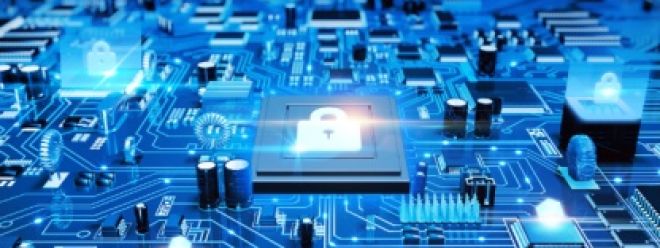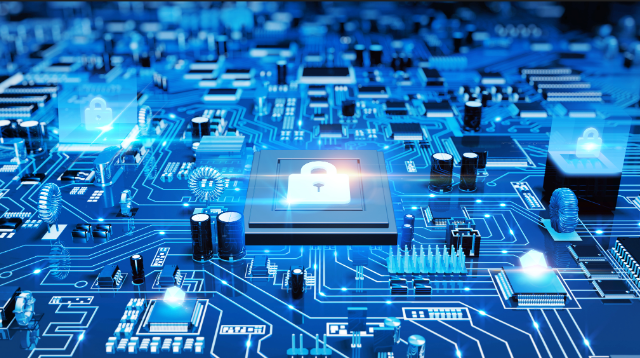How Fiber Optic Cable Can Help Data Centers Save Money

How Fiber Optic Cable Can Help Data Centers Save Money

In data centers, reliable fiber optic cables are critical to ensuring the uninterrupted flow of data. We can avoid costly downtime by using high-quality wire and ensuring the smooth operation of our data centers. In this article, we'll take a look at how fiber optic cables can help data centers save money. We will also discuss some of the advantages of using reliable fiber optic cables in the data center.
What is Fiber Optic Cable?
Optical fibers are long, thin, transparent fibers used to transmit light. They are often used in fiber optic communications to send information at high speed over long distances. Fiber optic cables are made of high-purity glass or other transparent materials. They are much thinner than a human hair and can be bundled together to form cables. When light hits the surface of a fiber, it is reflected many times before leaving the fiber. This reflection allows light to travel long distances without being scattered.
One of the main advantages of optical fibers is that they can carry more information than traditional copper cables and do not experience the same type of signal degradation over long distances. Fiber is also less susceptible to interference, making it ideal for transmitting sensitive data. While fiber optics are generally more expensive than copper cables, the benefits often outweigh the costs for applications where data speed and reliability are critical.
What are the main applications of fiber optic cables?
Today, fiber optic cables are widely used in the telecommunications industry for long-distance telephone lines and high-speed Internet connections. However, fiber optics are also increasingly common in other applications such as data storage, video conferencing and cable television. Additionally, fiber optic sensors have applications in various fields such as medicine, manufacturing, and energy exploration. As the technology continues to develop, the use of fiber optics is likely to become more widespread.
Why Fiber Optic Technology Is Critical to Modern Data Centers
Fiber optic technology is becoming the infrastructure of choice for modern data centers, and for good reason. Fiber optics offer several advantages over other types of data transmission, including higher bandwidth, lower attenuation, and better immunity to electromagnetic interference.
This last point is important in data centers because electronic equipment generates a lot of electrical noise. This noise degrades the quality of the data signal, causing errors and reducing the overall efficiency of the data center. Fiber-optic cables, by contrast, are immune to such interference, meaning data can be transmitted more reliably and at higher speeds.
Additionally, fiber optics are less susceptible to physical damage than other types of data cables. This is important in data centers where wiring often runs through tight spaces and is at risk of being damaged by heavy equipment. Fiber optic cables are also lighter and more flexible than traditional copper cables, making them easier to work with and less likely to cause damage during installation.
Overall, fiber offers several advantages that make it ideal for data centers. They can transmit data more reliably, faster, and are more resistant to physical damage than other types of cables. As data center infrastructure continues to evolve, fiber optics will become even more important in ensuring these facilities can operate at peak efficiency.
How does the reliability of fiber optic cables help data centers save money?
Data centers are at the heart of any business operation, and ensuring they run smoothly is key to success. One way is to invest in durable fiber optic cables. Fiber optic cables are faster and more efficient than traditional copper cables, and in some ways can help data centers save money.
For one thing, they require less energy to run, which can save a lot on electricity bills. Additionally, they are less susceptible to interference and signal loss, which means data centers can rely on them to provide consistent and reliable connections. Finally, fiber optic cables are more durable than copper cables, so they last longer and don't need to be replaced as often. Therefore, investing in fiber optic cables is an effective way for data centers to save money and improve operations.